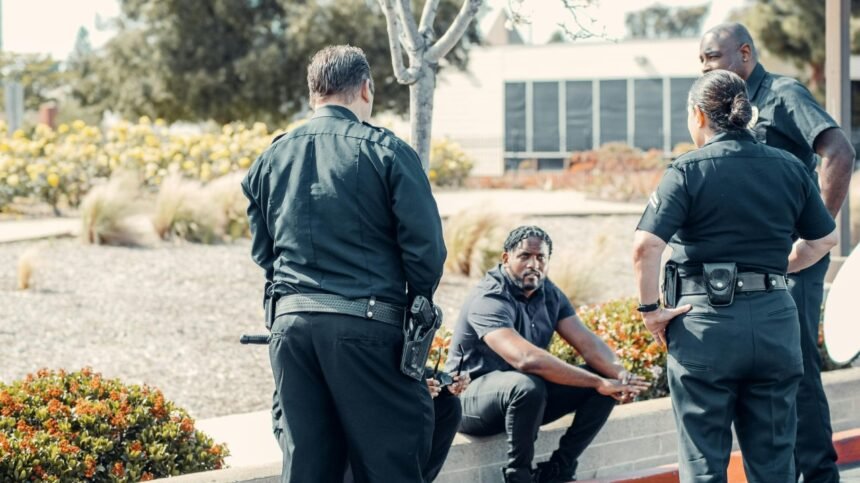Crisis intervention teams (CITs) have grown into a vital part of America’s response to mental health emergencies. With the rising awareness of behavioral health issues, law enforcement agencies across the country have embraced CIT models to better serve individuals in crisis and their communities. Understanding what a crisis intervention team is and how it works is key to appreciating their transformative role and expanding their positive impact.
What Is a Crisis Intervention Team?
A crisis intervention team is a specially trained group formed primarily of police officers with additional training in mental health, working in coordination with healthcare professionals, social service providers, and community members. The purpose of CITs is to provide a compassionate, informed, and effective response to individuals experiencing behavioral health crises—ranging from acute psychosis to suicidal ideation or substance use disorders. Unlike traditional policing models, CITs focus heavily on de-escalation, safety, and connecting people to appropriate treatment instead of arrest or incarceration.
The CIT model originated in Memphis, Tennessee in the late 1980s after a tragic incident involving police and a person with schizophrenia. Since then, it has been adopted by over 2,700 communities throughout the United States and worldwide, evolving continuously with best practices and local adaptations.
How Do Crisis Intervention Teams Work?
CITs function through a combination of specialized training, community partnerships, and procedural changes within agencies.
Specialized Training
Selected officers volunteer for intensive CIT training, which can be 40 hours or more, focusing on:
-
Mental health disorders and symptoms
-
Effective crisis communication and de-escalation techniques
-
Legal and ethical considerations in behavioral health
-
Cultural competence and trauma-informed care
-
Strategies for safe transportation and referral
Training empowers officers to manage crisis situations with empathy, skill, and awareness, reducing the likelihood of use-of-force and improving outcomes for individuals and officers alike.
Coordinated Response
When a crisis call comes into emergency dispatch, trained dispatchers identify the situation as potentially involving a behavioral health crisis. They then assign the call to CIT officers whenever possible.
On arrival, CIT officers assess the individual’s mental state, de-escalate tension, and make decisions about next steps, which may include:
-
Transporting the individual to a psychiatric emergency facility with a no-refusal policy
-
Contacting family or supportive networks
-
Referring the individual to outpatient services or community programs
-
Engaging with co-responder mental health clinicians in some models, who accompany officers to provide immediate clinical support
Community and System Integration
Beyond response, CITs bridge the gap between law enforcement, mental health providers, hospitals, social services, and advocacy groups. This integration ensures individuals in crisis receive proper care and follow-up, lowering repeat calls and promoting recovery.
Many jurisdictions have formal agreements to support information sharing, collaborative training, and funding to sustain these partnerships. Effective CIT programs also include ongoing data collection and program evaluation to drive quality improvement.
What Does a Crisis Intervention Team Do on the Ground?
The specific duties of CIT members include:
-
Responding quickly and safely to crisis calls
-
Using verbal techniques to de-escalate situations without force
-
Assessing behavioral health needs and risks
-
Guiding individuals to appropriate hospital or community services
-
Documenting interactions and outcomes clearly
-
Providing community education and mental health awareness
-
Advocating for policies that support humane crisis responses
CIT officers act not just as responders but as connectors, educators, and advocates within the complex ecosystem of mental health care and public safety.
How to Build a Countywide Crisis Intervention Team
Building a countywide program means scaling this effective model across entire regions, ensuring consistent and equitable crisis response.
Key steps include:
-
Stakeholder Engagement: Unite law enforcement, mental health agencies, hospitals, policymakers, and advocates in planning efforts.
-
Standardized Training: Develop countywide training to ensure consistent skills and knowledge among all responders.
-
Resource Coordination: Establish centralized psychiatric emergency drop-off sites, mobile crisis units, and follow-up care programs.
-
Policy and Protocol Development: Define roles, dispatch procedures, and data sharing agreements across jurisdictions.
-
Continuous Evaluation: Monitor call data, outcomes, and service gaps to refine the program.
-
Public Awareness: Educate communities about CIT services and crisis response options.
Countywide CIT programs enhance access to expertise and resources, diminish disparities, and strengthen community safety overall.
Impact and Benefits of Crisis Intervention Teams
Evidence and experience show CIT programs achieve:
-
Reduced officer injuries and use-of-force incidents
-
Fewer unnecessary arrests related to mental health crises
-
Increased diversion to treatment and rehabilitation services
-
Enhanced trust between law enforcement and communities
-
Improved mental health outcomes through better access to care
Communities with robust CIT programs report safer interactions and cost savings by reducing jail stays and emergency hospitalizations.
Conclusion
Crisis intervention teams represent a proven, compassionate approach to mental health crisis response. By training specially designated officers and building partnerships with mental health professionals and community agencies, CITs offer an improved way to handle what had traditionally been fraught, dangerous situations. Expanding CIT programs and adopting countywide models can further advance public safety, health, and equity in crisis services.








